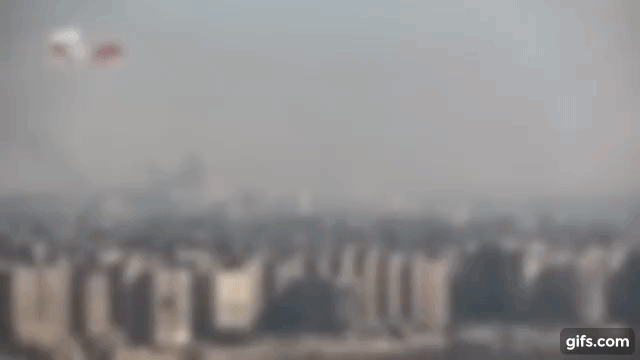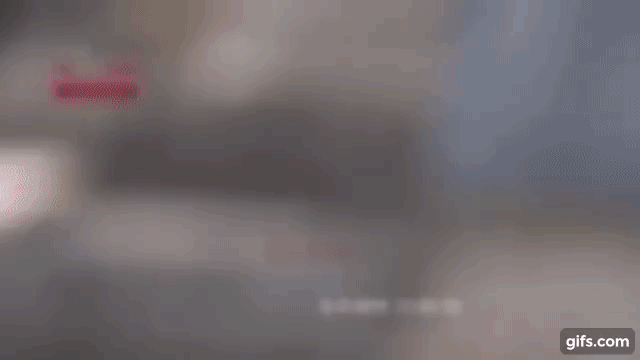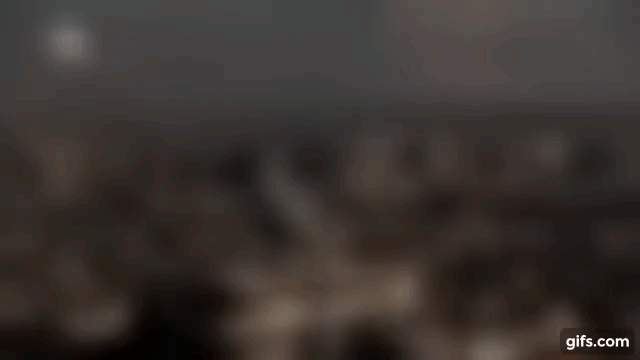eastern neighborhoods of aleppo
watch,
destruction over the past five years
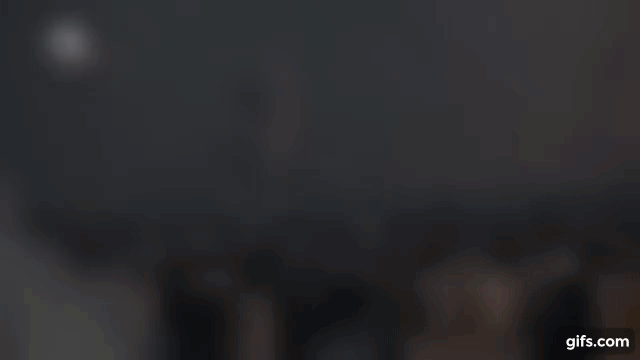
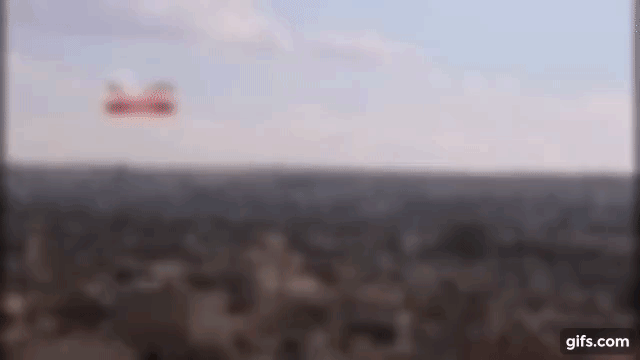
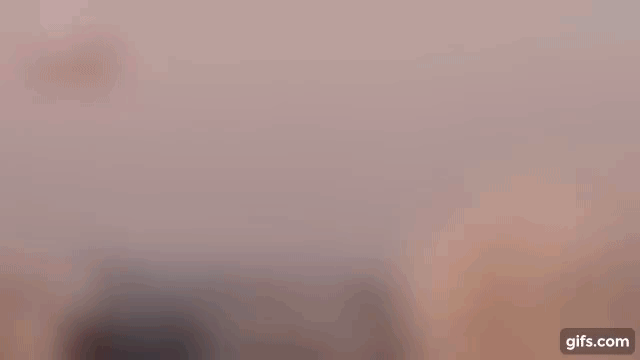
About a year ago, I enrolled in a class called Conflict Urbanism, Aleppo. I sat behind the screen for a number of hours, looking at this map of the city, trying to understand its urban fabric. I looked around, initially interested in exploring the center of the city, with the iconic citadel and the ancient ruins surrounding it, many of them have been destroyed. I would click on the various layers of the map to understand in what year a monument was reduced to rubble. I would use my mouse to walk down the streets of the city, to find buildings, cites, and landscapes that seemed visually interesting, to try to figure out what they were, who lived there, and who controlled them now.
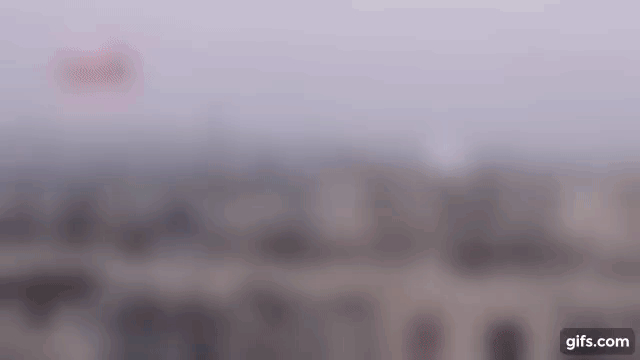
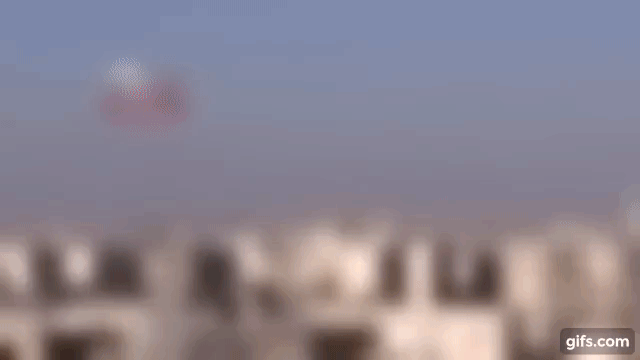

It is extremely alienating to begin to know a city through satellite images of its destruction. I have never been to Aleppo; I don’t know what it looks like. I have been to Damascus, the capital city, many times, stopping there with my family on our drive to Beirut. To try to comprehend the physicality, the sociality of the satellite image I would compare Aleppo to Amman, my city. I would compare the citadel with Amman’s downtown amphitheater, Aleppo’s garden to Sports city to Amman, the two soccer stadiums in Aleppo to the two in Amman. I wonder whether there’s any relationship between knowing a place and knowing it’s map.

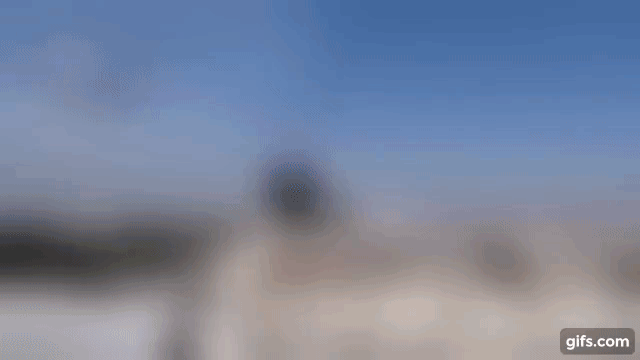
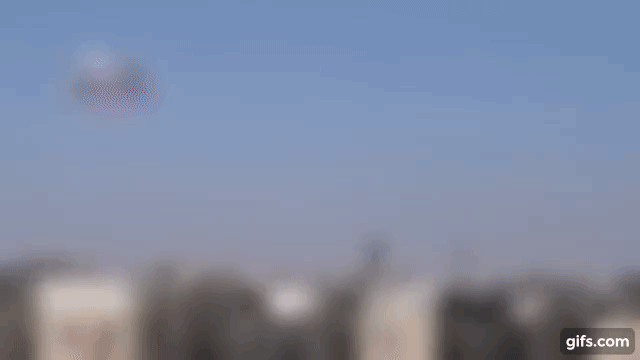
While looking at the map and at the city’s destroyed monuments, I started googling to find images and videos of things, to try to move from map to image to video. What I found is a very vast amount of video, posted onto YouTube, that documented the events that were going on. Regular citizens, ordinary men took videos of their city at levels far surpassing the documentation of any past conflict. What was most remarkable though, is the archive of information available on YouTube taken by anti-government networks of journalists. These networks, most notable Halab New Network and Aleppo Media Center are not simply capturing glimpses of the conflict so that the world may see and know, they are using YouTube to record, document and archive a large number of violations of human rights, dignity, and the international rules of law. These organizations have developed a codified way of naming their videos; listing the date, location, and nature of the content. As such, the title functions as metadata that can be searched, mined, the videos downloaded, and then mapped.
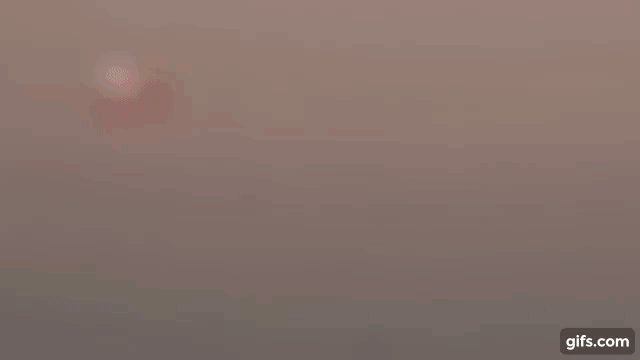

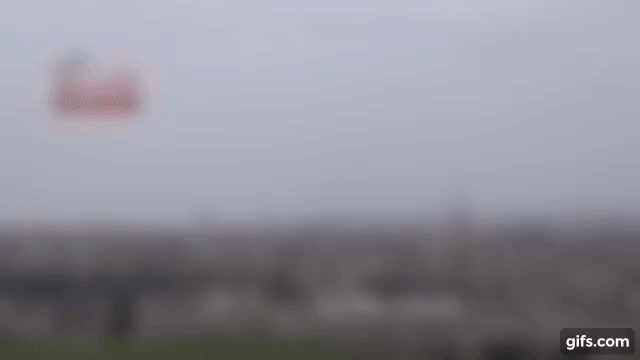
The outcome of the project I worked on can be seen here. There were several intentions behind the spatialized map. Firstly, it is important to understand the geography of videos. In some sense, to reterritorialize, albeit on a map, an image that has lost its referent. By doing so, one can begin to comprehend the politics the image. For example, if a video shows a fairly intact urban landscape, it was probably taken in Western Aleppo where much of the architecture is left intact. If a video shows residential buildings reduced to rubble, it is probably taken in Eastern Aleppo, which is historically disadvantaged and has been under disproportionately attack in the war.

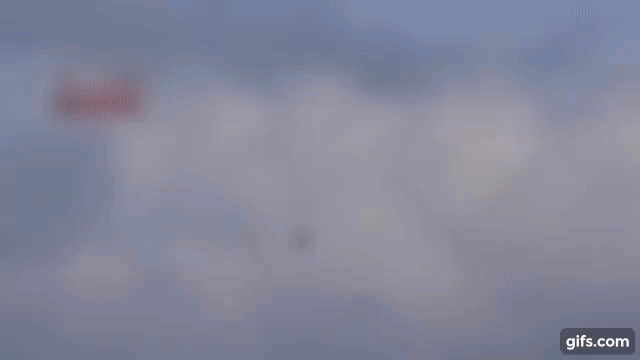

Secondly, the practical intention behind our work is the ability to validate YouTube videos so that they can potentially be used as evidence in a court of law. In February 2014, the United Nations adopted Resolution 2139 which ordered the end of using barrel bombs in battle. However, the Syrian government, aided by Russia, have been dropping barrel bombs over Aleppo until this very day. This is considered a war crime, and the evidence for it is buried in the depths of the media spectacle that is the YouTube coverage of Aleppo. Our intention was to begin to build an archive of evidence that refers not to barrel bombing in general, but to specific instances that targeted specific buildings in specific neighborhoods and killed specific people. To begin doing that, the spatialized archive helped us to identify how videos corresponded with damaged building on a map.

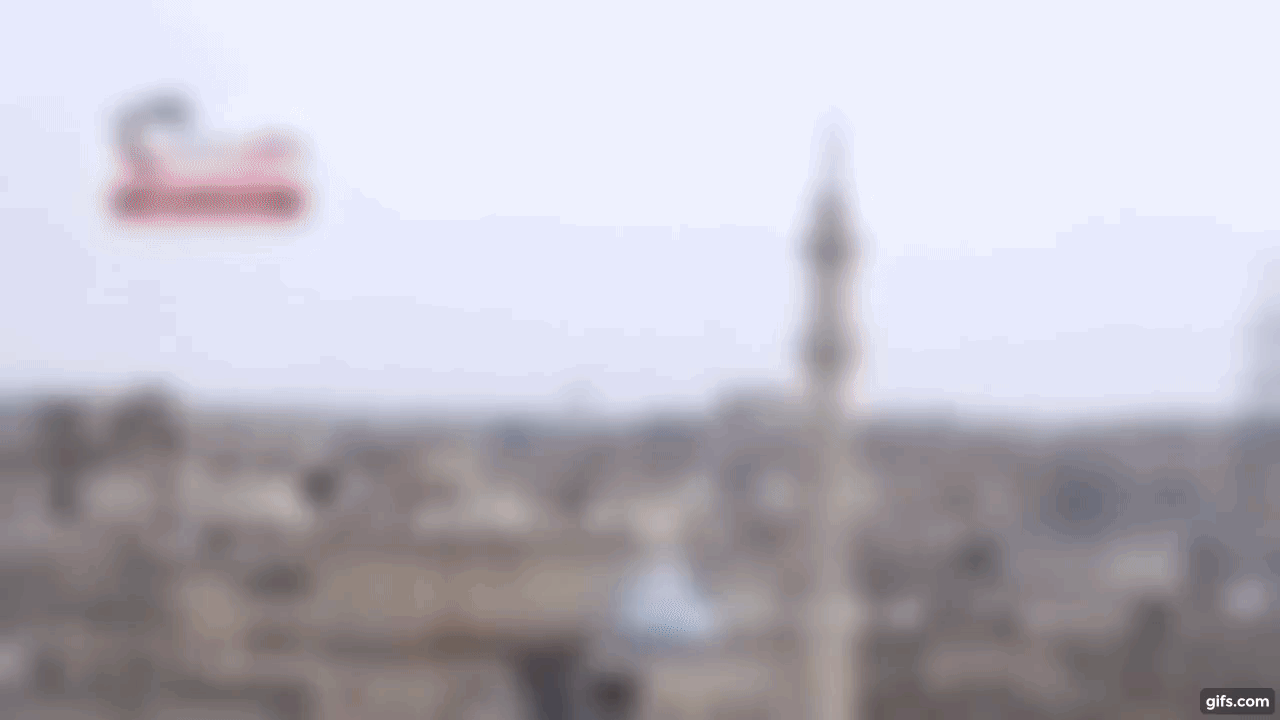
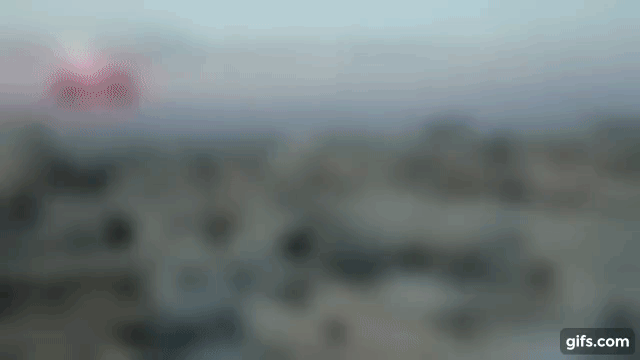
Throughout the project, I developed a way of specifically finding the instant of barrel bomb explosions like these, which all take place in Eastern Aleppo. I watched obsessively, as I tried to find elements that would help identify the location of the barrel bomb explosion on the map. In addition to knowing the neighborhoods, the easiest marker of the geographic truth of where these explosions took place are mosque minarets. In Islam, minarets provide a visual focal point and are used for the Muslim call to prayer. In a time of war, the minarets also provide a spiritual focal point for image and video analysts like me, who triangulate the location of an explosion through understanding distance from and between various mosque minarets.
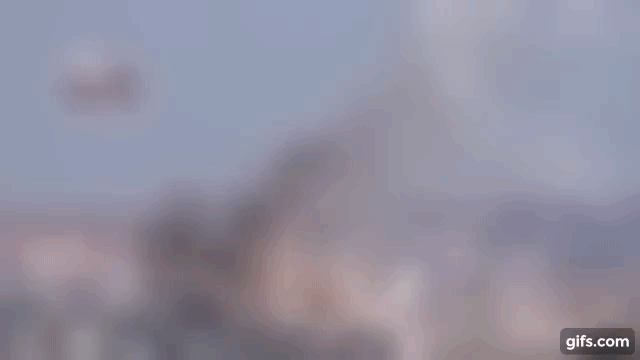
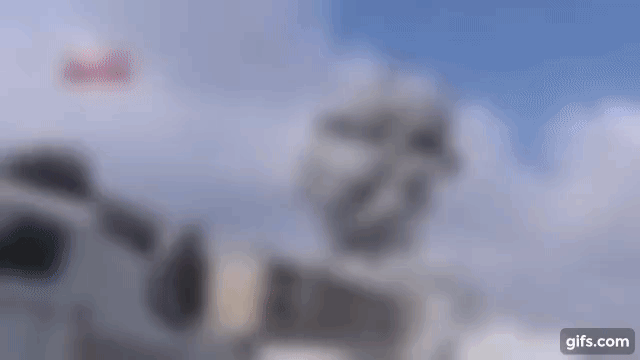
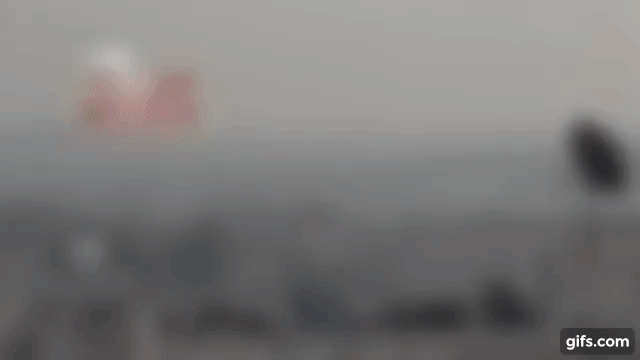
In addition, watching the videos of these explosions in full, not in the consumable bits that I present them in here, allowed me to comprehend the embodiment in the video; in other words, these videos exist because someone has captured them. Sometimes, I would catch a glimpse of the face of the filmmakers, or aspects of their home as they scramble up the stairs to reach the roof where the explosions are filmed from. The embodiment is important to remember when considering our responsibility towards these images; not just towards the ethical intentions of the people who have captured them, but specifically our responsibility to honor the physical danger involved in bearing witness, a physical danger that has taken the lives of many of the brave young men running around Aleppo with their camera.
